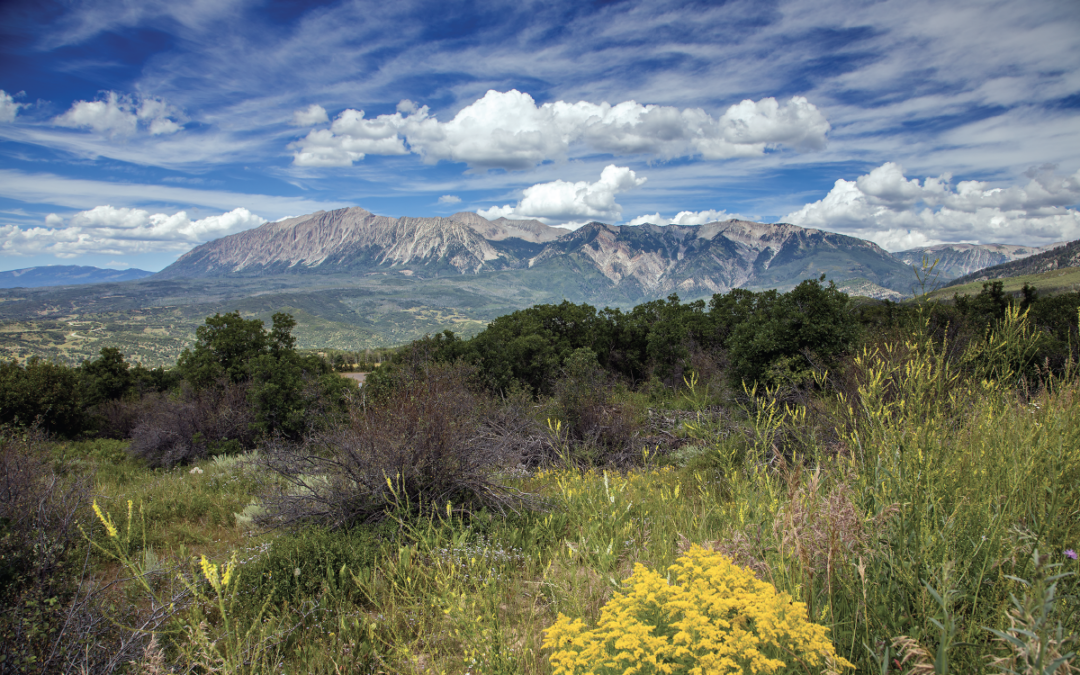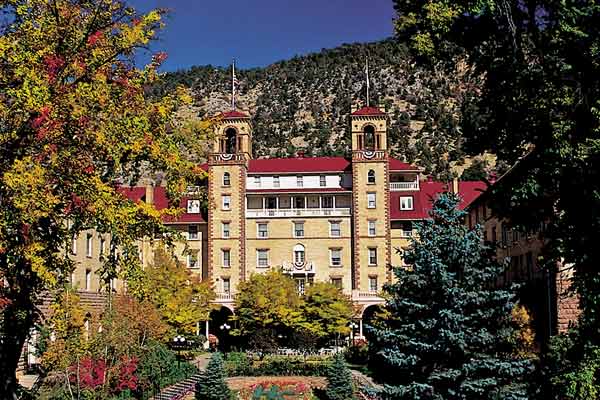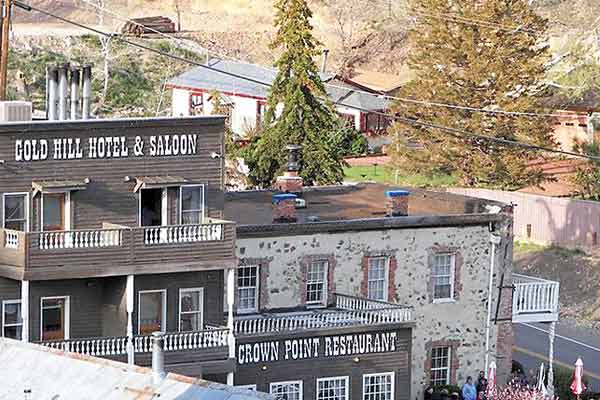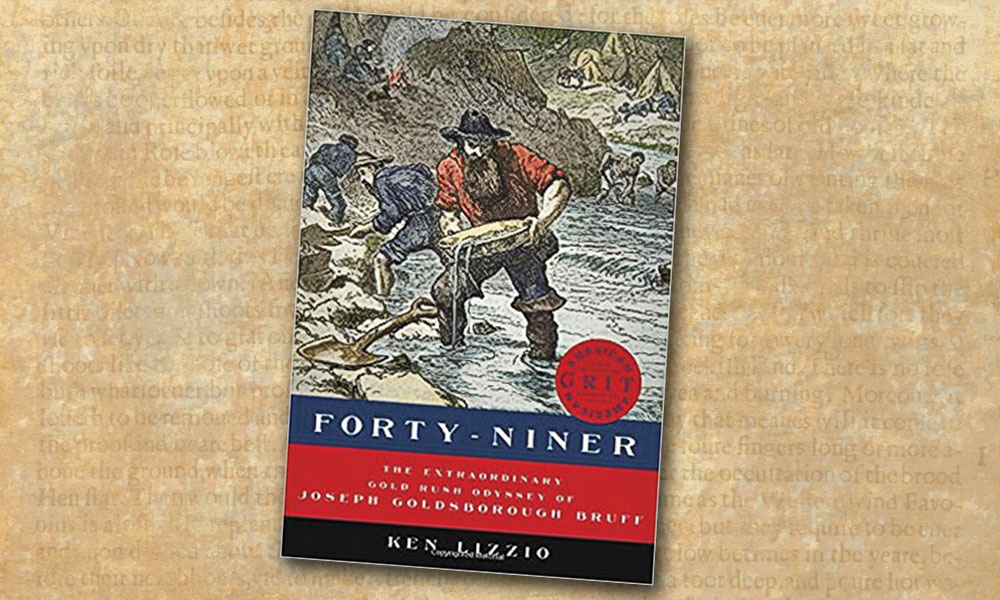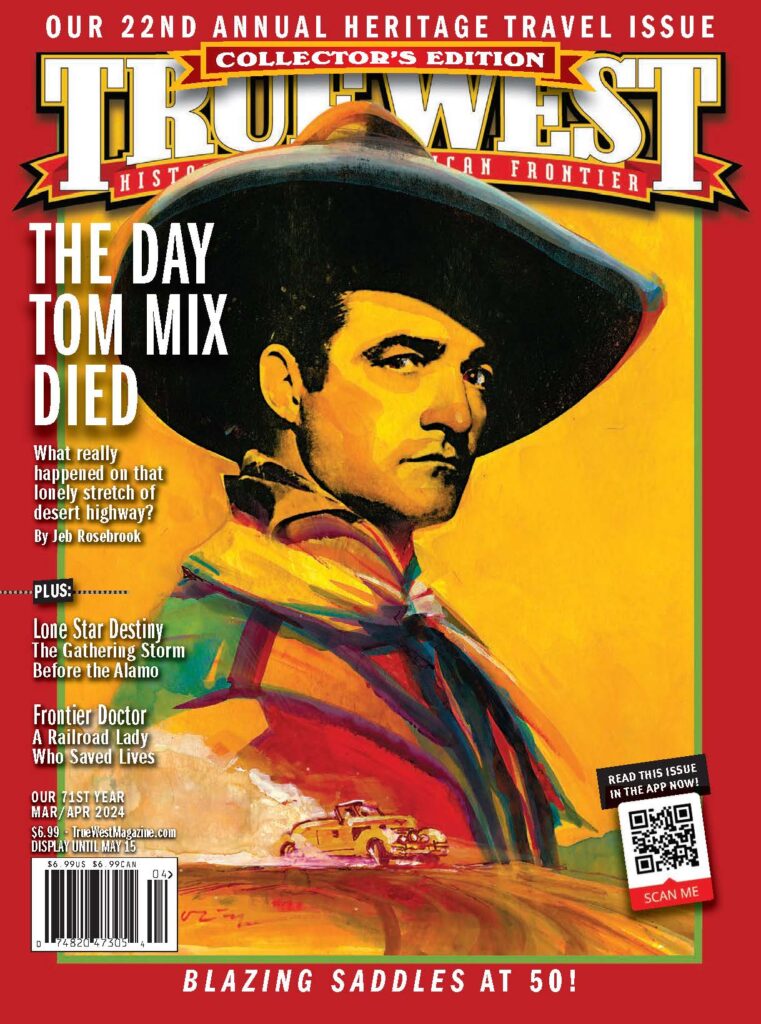A summer trip to the Rocky Mountain State is filled with adventure and history.
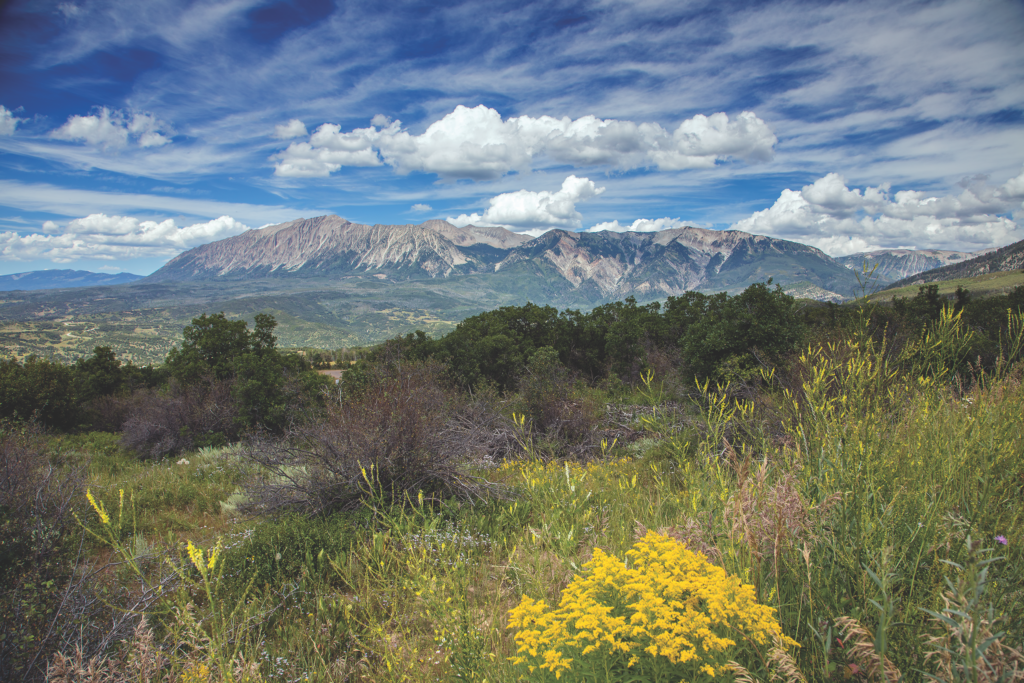
Gunnison County, Colorado
Courtesy Gates Frontiers Fund Colorado Collection within the Carol M. Highsmith Archive
In July 1858, prospector William “Green” Russell discovered 600 grams of gold in the Rocky Mountain Region of Kansas Territory. The following year, word of the find spread throughout the United States and led to the Colorado Gold Rush.
These “Fifty-Niners,” rallied under the cry ‘Pikes Peak or Bust!’ while following Russell’s route. Miners dug deep into the Rocky Mountains, setting up camps everywhere in the territory. Some camps grew into cities while others became ghost towns. Those that endured exploit their rich history through numerous museums, art galleries and attractions.
Boulder
Soon after gold was discovered in the region in 1858, Thomas Aikins, with help, founded the city of Boulder in February1859. Today, The Museum of Boulder covers the history of this gold rush. Also supporting the regional history is the University of Colorado’s Natural History Museum, with the largest natural history collection in the Rocky Mountains. Displays exhibiting nature and the gold-rich land are impressive. Accompanying these two museums, is the Nederland Mining Museum, featuring mining tools, historic photographs and mining maps.
Boulder boasts numerous art studios and galleries too. The Leanin’ Tree Museum, Sculpture Garden of Western Art and Sweetbird Studio feature Western art and jewelry. Leanin’ Tree’s free museum exhibits 250 paintings and 150 bronze sculptures by 100 artists. The Sculpture Garden includes 25 life-size bronze sculptures relating to history and wildlife and Sweetbird, founded in Nancy Anderson’s home, sells the finest South-western jewelry.
Visiting all of these spots will take time. Luckily, Hotel Boulder-ado is there to accommodate. Opening on New Year’s Eve in 1908, it has been operating in elegance ever since.
Blackhawk/Central City
Southwest of Boulder is Gilpin County, where one of the earliest discoveries of gold happened by John Gregory in 1859. After the find, mining camps Blackhawk and Central City soon sprung up. Today, these two towns focus on gambling instead of gold. However, the Gilpin History Museum emphasizes their early gold rush history.
Since the 1990s, casinos are everywhere. However, most rest within historic buildings. The Century Casino and Hotel in Central City is one of the best. Originally called Goldman’s saloon in the 1890s, Century revels in its gold rush history. The Easy Street, located along Central City’s historic Main Street, is another historic hotspot.
There is plenty to do outside of gambling. Built in 1878 by Welsh and Cornish miners to celebrate the music of their homeland, Central City Opera House offers a stunning building that hosts the fifth-oldest professional opera company in the country. If there is an issue finding all these spots, Central City Visitors Center provides sightseers with all the historical highlights in town.
Idaho Springs
When Fifty-Niner George Jackson discovered placer gold in Clear Creek County, the town of Idaho Springs soon followed. After his golden secret broke, the Argo Tunnel thrived. Perhaps the best innovation, however, was the Argo Mill. The mines relied on it to process gold ore for decades. Currently, the Argo Mill and Tunnel is an awesome experience for anyone interested in mining history.
Another gold mine, the nearby Edgar Mine, named for the Edgar mineral vein running along the hillside, produced high-grade gold in the 1870s. Currently, the experimental mine is a laboratory for future engineers studying at the Colorado School of Mines. The underground tour gives visitors an idea what miners experienced. Along with mines, the Visitor Center and Heritage Museum houses many items exhibiting how Idaho springs operated during its heyday.
Leadville
While searching for gold in 1860, Abe Lee struck it rich near what became the town of Leadville. Two miles from Lee’s fortunate find the Delaware Hotel arose in 1883. It accommodated incoming prospectors and remains a desired destination today.
One of Leadville’s most famous residents, Horace Tabor, whose development of the Matchless Mine was legendary, had an affair with the beautiful “Baby Doe” while in town in 1880. They eventually married in 1883. Currently, the Tabor Home Museum emphasizes the torrid tale of Tabor’s wealth and his eventual bankruptcy. Other impressive homes include the Healy House, built by August R. Meyer for his bride in 1878, and the Governor’s Mansion, once home to Colorado Governor Jesse McDonald.
The National Mining Museum and Hall of Fame features Tabor along with several other influential miners, and the Colorado and Southern Railroad, operating as a tourist railroad since 1988, are both wonderful attractions.
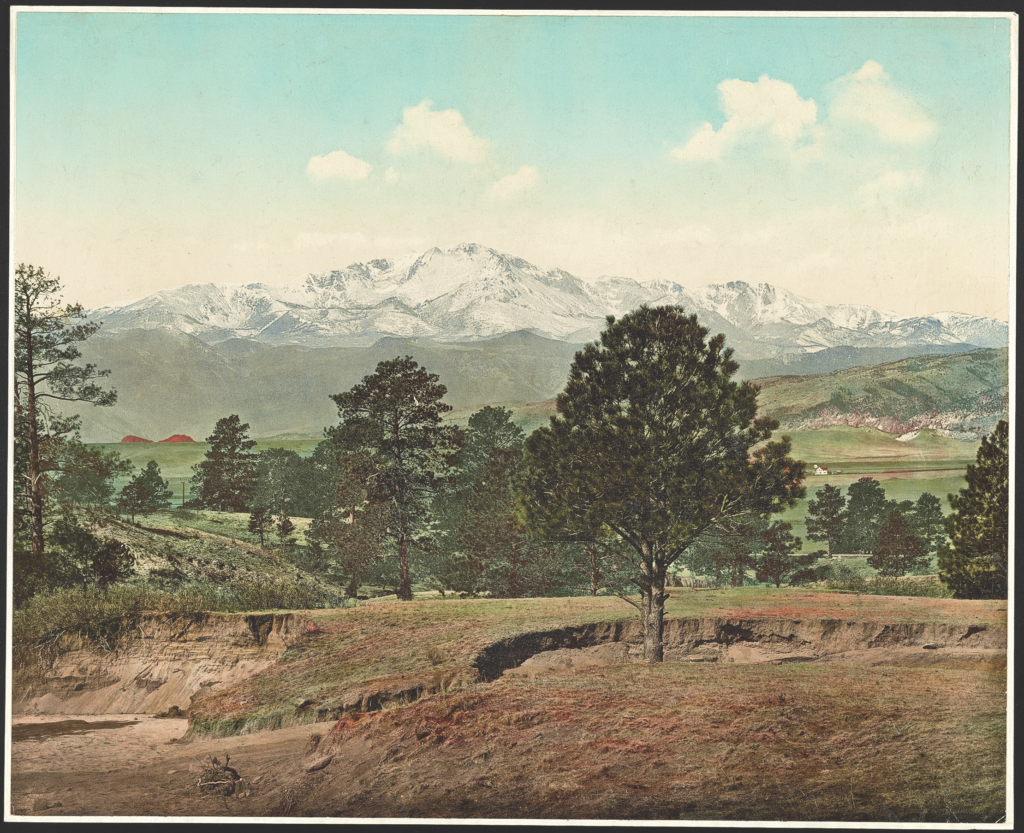
Colorado Springs, Colorado
William Henry Jackson, Courtesy Library of Congress
Cripple Creek
The discovery of gold in 1890, at the site of Cripple Creek, ignited the Cripple Creek and Victor Gold Rush. Eventually, in 1895, the Midland Terminal Railway Depot arose. It now houses the Cripple Creek District Museum displaying thousands of historic artifacts from businesses and organizations.
Discovery of gold made it priority to link the Cripple Creek and Victor Mining Districts to nearby Colorado Springs. Named for the town of Victor and writer/broadcaster Lowell Thomas (who lived in Victor) the Victor Lowell Thomas Museum exhibits this history.
Finding gold through regulated gambling, Cripple Creek survives. However, in 1896, a fire reduced the town to ash, forcing residents to rebuild. Bronco Billy’s, the Midnight Rose and McGills casinos are some of these rebuilt structures. McGills, housing McGills Pint and Platter, is a great Irish pub steeped in history.
Historic watering holes dot Cripple Creek. The Boiler Room Tavern, located in the Hotel St. Nicholas, features the hotel’s original boiler from 1895. Another jumping joint is the Gold Camp Café. On historic Bennet Street, mining photos from the turn-of-the-last-century complete its decor.
Georgetown
Like many of these boomtowns, Georgetown’s new found riches spawned luxury hotels and attractions. In 1867, William Hamill purchased his brother’s home, transforming it into the Hamill House. The sprawling estate eventually evolved into a beautiful house museum. In 1875, Louis Dupuy constructed his Hotel de Paris, a monumental structure surviving George-town’s bust also morphed into a museum.
The Georgetown Loop Railroad, built as an attraction in 1884, remains quite relevant. During its heyday, seven trains a day once ran out of Denver on the spectacular stretch of three-foot narrow-gauge. After restarting in 1984, this scenic train has been running steadily ever since.
For a touch of the modern West in a historic setting, look to the Grizzly Creek Gallery displaying beautiful images of wildlife and landscapes. Georgetown offers wonderful hotel accommodations like the Hotel Chateau Chamonix and the Georgetown Mountain Inn. Both present incredible views of what prospectors saw when they mined the mountainside.
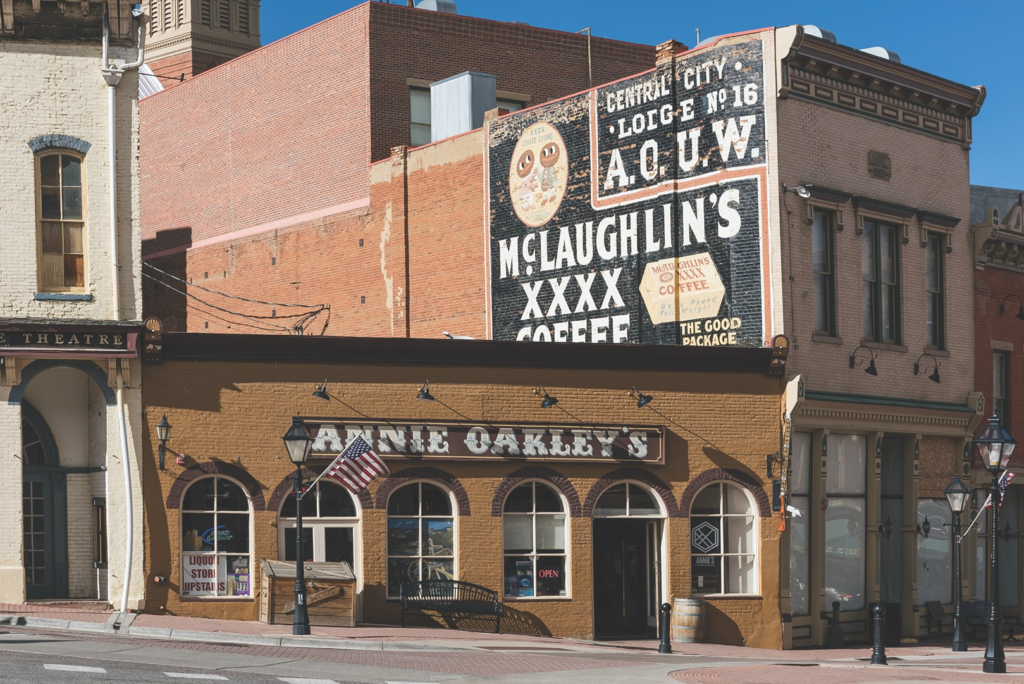
Central City, Colorado
Courtesy Gates Frontiers Fund Colorado Collection within the Carol M. Highsmith Archive
Silverton and Durango
The Denver and Rio Grande Railroad was established in Durango in 1881 to pull ore from the San Juan Mountains and connect to the settlement of Silverton. The line to Silverton ran until 1981 when it became Durango & Silverton Narrow Gauge Railroad. Its beautiful museum in Durango preserves the history of railroading and mining in the region. Nearby San Juan Historical Museum, in Silverton, also exhibits history with beautiful displays, photographs and collections.
Durango is rich with architectural history. Erected in 1887, the Strater Hotel stands two blocks north of the D&S Railroad. Its Wild West-themed Diamond Belle Saloon is a highlight. The elegance of the General Palmer Hotel named after William Palmer, founder of Colorado Springs, is in its 125th year of opulent operation. The Rochester Hotel, established in 1892, recently went through an amazing restoration.
A number of Durango attractions celebrate the town’s Western heritage. These include The Bar D Chuckwagon and Show, The Cowboy Poetry Gathering, The Animas Museum, Southern Ute Cultural Center and Museum and The Durango Fish Hatchery and Wildlife Museum. The hatchery stocks approximately 150,000 catchable rainbows and 1.3 million sub-catchable fish. The Animas is dedicated to the history of the Animas Canyon and the D&S Railroad. Southern Ute Cultural Center, in nearby Ignacio, fosters the history of the Ute Indians, and the Sorrel Sky Gallery has exquisite jewelry, sculpture and Navajo weavings.
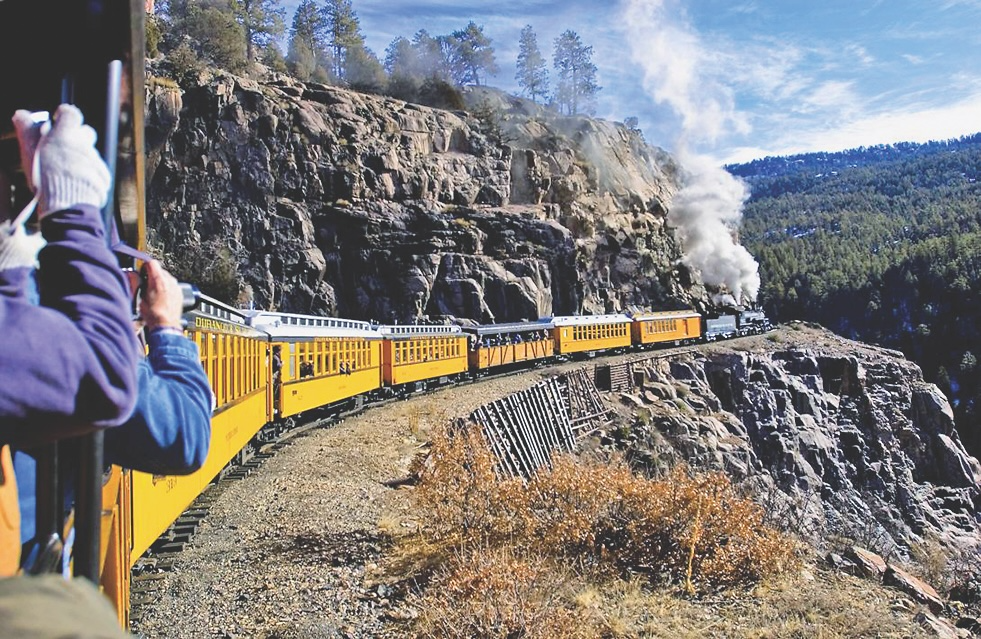
Matt Inden/Miles Courtesy Colorado Tourism
Creede
When Nicolas Creede discovered the Holy Moses mine in 1869, he put Creede on the map. Established in 1892, the Creede Hotel (originally Zang’s Hotel) is one of the finest in the territory. An excellent historical society boosts the history of the area and the famous folks who passed through. One of Creede’s best attractions, Underground Mining Tours were blasted out of solid rock, giving visitors a feeling of mining under-
ground.
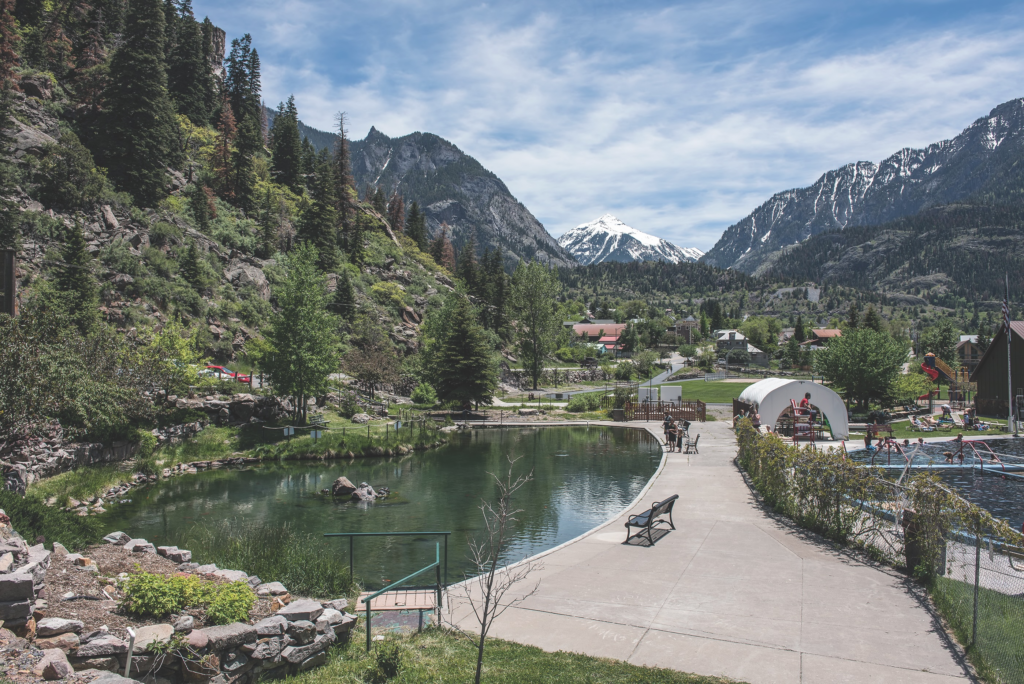
Ouray, Colorado
Courtesy Gates Frontiers Fund Colorado Collection within the Carol M. Highsmith Archive
Ouray
Ouray, chief of the Southern Utes has a town bearing his name, founded in 1875. Today, the town celebrates its past at the Ouray County Historical Museum housed in what was St. Joseph’s Miners Hospital. Ouray also claims the Bachelor Syracuse Mine Tour and the Beaumont Hotel, with its incredible Ouray Bookshop. The Western Hotel, built in the 19th century, provides great accommodations.
Golden
Golden, established during the initial gold rush, is a testament to the Western heritage of the Rocky Mountain region. Celebrating the cowboy and prestigious art shows, the Colorado Cowboy Poetry Gathering and the Golden Fine Arts Festival held in historic downtown are wonderful attractions. Integral to pulling ore out of the mountains to be refined, The Colorado Railroad Museum features many railroad stories and resembles an 1880-era small railroad town with train rides.
Structures from the 1880s displayed at the Golden History Museum and Park include cabins, a schoolhouse and a chance to feed heirloom chickens. Check out more historic buildings on the Golden History Walking Tours featuring tales of gold rush era outlaws and haunted locations. Another historic site is the Golden Hotel, a boutique hotel in the heart of historic downtown. No trip would be complete without a visit to Buffalo Bill’s Grave and Museum. The showman’s grave sits atop Lookout Mountain with the most spectacular view in the state.
Good Eats & Sleeps
Eats: Gold Hill Inn, Boulder; Millie’s Restaurant, Central City; Smokin Yard’s BBQ, Idaho Springs; The Legendary Silver Dollar Saloon, Leadville; Maggie’s, Cripple Creek; Happy Cooker, Georgetown; Natalia’s 1912 Restaurant, Silverton; Diamond Belle Saloon, Durango; Tommyknocker Tavern, Creede; The Saloon at the Western Hotel, Ouray; Buffalo Rose, Golden
Sleeps: Hotel Boulderado, Boulder; Historic Windsor Hotel, Silver Plume; Club Hotel, Idaho Springs; Historic Delaware Hotel, Leadville; The Hotel St. Nicholas, Cripple Creek; Georgetown Mountain Inn, Georgetown; Grand Imperial Hotel, Silverton; Colorado Trails Ranch, Durango; Historic Strater Hotel, Durango; The Rochester Hotel, Durango; Aspen Inn, Creede; The Western Hotel, Ouray; The Golden Hotel, Golden

